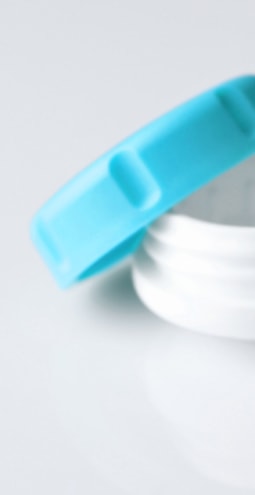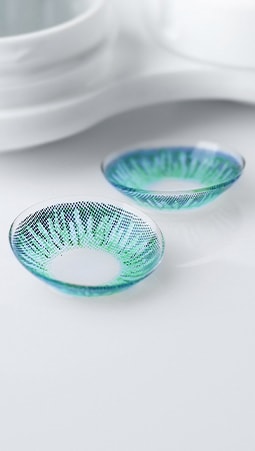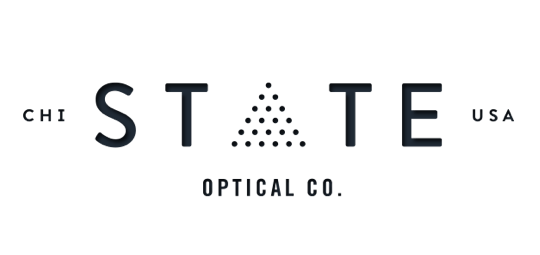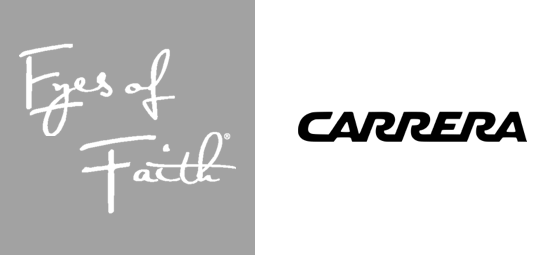Evaluating Your Eyes for Contact Lenses
At Perspective Eye Center, we value using top-quality technology to assess and evaluate your eyes. If you’re interested in contact lenses, we’ll use a few different diagnostic tests to measure the shape of your eye and determine your eligibility for contact lenses.
If we find a condition that may make standard contact lenses uncomfortable, we’ll use the tests’ results to make an appropriate recommendation in a lens that will work best for you.
Pentacam
The Pentacam is a revolutionary technology that combines a slit illumination system with a Scheimpflug camera that rotates around the eye. The Pentacam performs a precise measurement and analysis of the center of the cornea without coming into contact with your eye. The entire process takes less than 2 seconds and produces high-definition sectional images that are put together to create a 3D model of the anterior eye chamber.
Corneal Topography
Corneal topography, or corneal mapping, is a diagnostic tool that provides 3D images of the cornea. Similarly to how a mountain is shown on a topographic map, corneal topography maps the surface and curvature of the cornea. The technology allows us to detect any corneal diseases or irregular corneal conditions, such as astigmatism.
Optical Coherence Tomography
Optical coherence tomography, or OCT, is a non-invasive imaging technique that uses light waves to take cross-sectional images of your retina and cornea.
This test allows us to examine the layers of your retina and cornea to detect signs of disease.
External Ocular Photography
External ocular photography is the official term for photographs of the eyes, eyelids, and surrounding areas. They allow us to monitor any changes to your eyes or skin over time and document conditions of the face, skin, conjunctiva, sclera, and eyelids.
If you’re interested in contact lenses, we’d be happy to evaluate your eyes to determine what type would be best. Please don’t hesitate to reach out if you have any questions.













